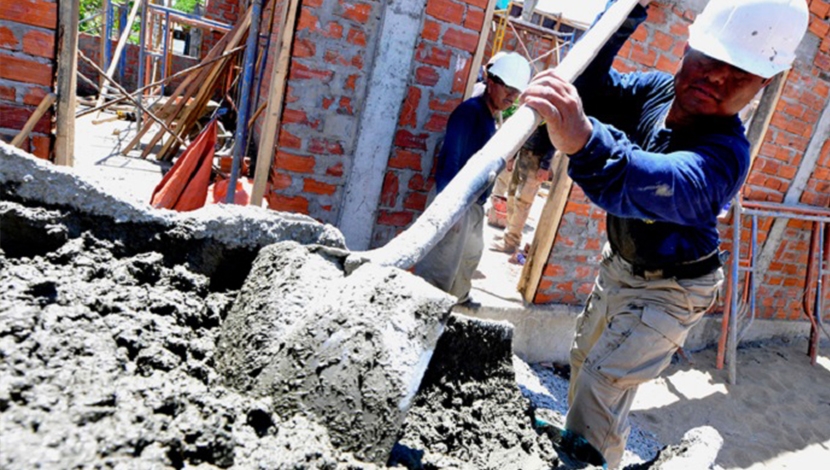

Working on scaffolding can pose a serious danger especially if basic safety measures are not put into practice. In this regard observing scaffolding safety essentials can help a great deal. According to a report released late 2015 by Deloitte, scaffolding has caused an average of 305 deaths in the construction industry.
The following scaffolding safety tips from experts are worth considering:
1: Avoid last-minute rush
While the pace at which construction work progresses is often important to projects and budgets, it can also cause careless and costly mistakes. Invest in techniques and tools that allow greater efficiency so that safety isn’t compromised in order to get the project done on time.
2: Keep your workplace organised
Avoid slip, trip and fall hazards by keeping the construction worksite organised. When working with scaffolding, keeping tools organised can reduce the risk of tools falling from scaffolding. It can also make moving around on the scaffolding safer for workers.
3: Identify Hazards
This should be done before work starts as well as while work is in progress. Identify possible hazards and solutions prior to the start of work. When working near power lines ensure scaffolding is far away to prevent electrocution risks.
4: Proper training
As with all aspects of a construction jobsite, make sure your workers are trained and up to date with OSHA requirements. Training in the setup and construction of scaffolding can ensure a solid work space for overhead workers and guarantee a rig that will not inadvertently collapse from instability.
5: Review the site
In addition to identifying hazards, continue to review the worksite throughout the construction project to identify any new hazards that might arise during construction. Keeping an eye out for possible hazards can help eliminate them from happening.
As work continues, workers will become more comfortable on the job. This can cause some to inadvertently (or blatantly) neglect safety.





